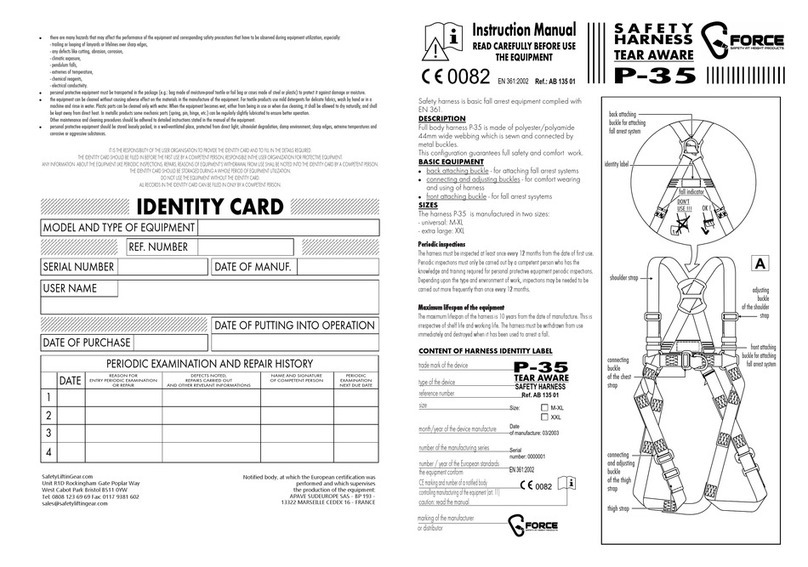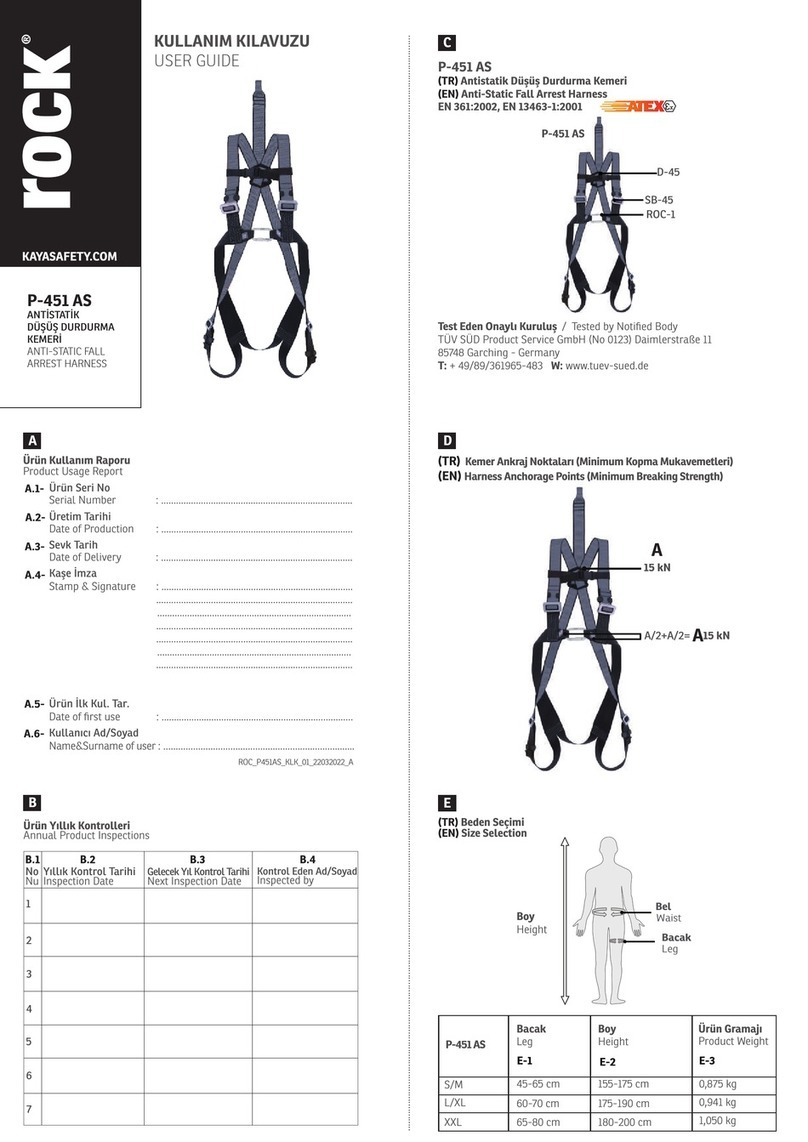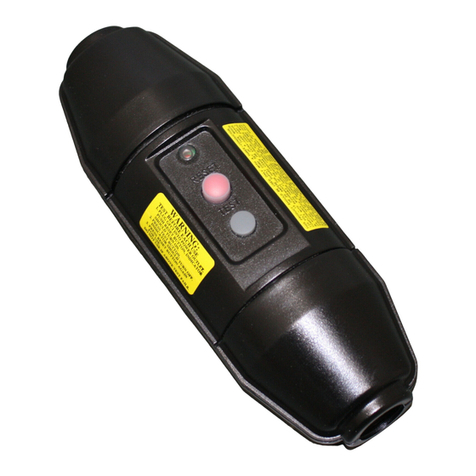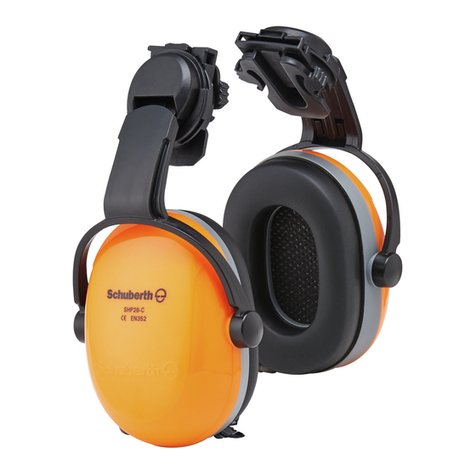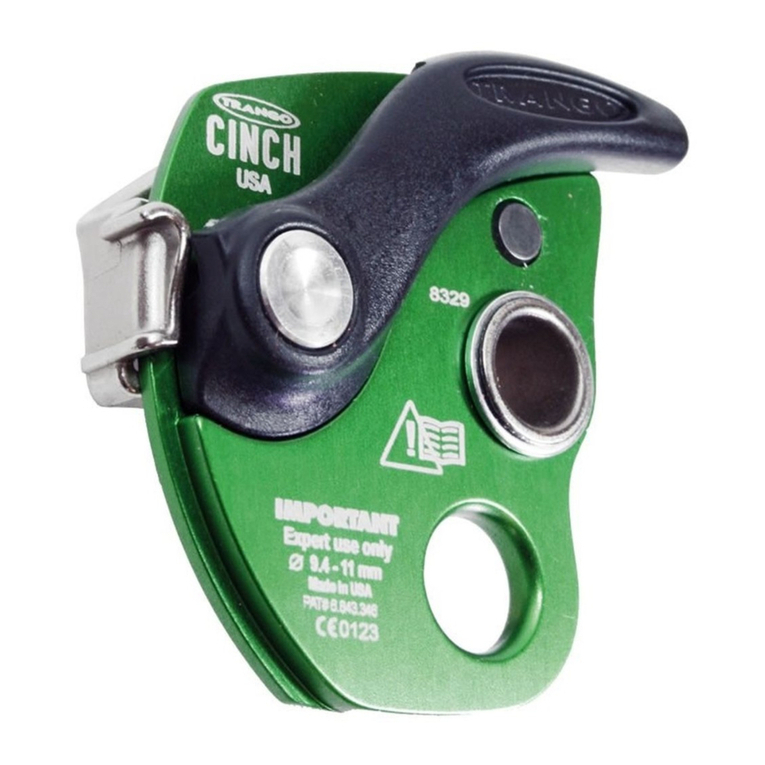
14
+
-
N.C.
- FSW TX
N.C.
= +
= -
Fig. 10
After you have disaligned a device, the relevant LED
may flash for 2 or 3 seconds at realignment. This brief flashing
should not be considered as a discharged battery signal.
Fig. 11
Tab. 5
NOITISOPDEL NO FFO GNIHSALF
1DEL RETTIMSNARTPOT
DENGILA
RETTIMSNARTPOT
DENGILATON
RETTIMSNART HTIWTUBDENGILA
TSOMLASEIRETTAB
DEGRAHCSID
2DEL
LARTNEC RETTIMSNART
DENGILA
LARTNEC RETTIMSNART
DENGILATON
RETTIMSNART HTIWTUBDENGILA
TSOMLASEIRETTAB
DEGRAHCSID
3DEL
MOTTOB RETTIMSNART
DENGILA
MOTTOB RETTIMSNART
DENGILATON
RETTIMSNART HTIWTUBDENGILA
TSOMLASEIRETTAB
DEGRAHCSID
4DEL 1YALER EVITCA 1YALER EVITCATON ---
5DEL
DERARFNI LANGIS TNEICIFFUS
DERARFNI LANGIS TNEICIFFUSNI ---
6DEL 2YALER EVITCA 2YALER EVITCATON ---
•If you use this profile to install the fixed receiver, you must cut
the front rubber element to create a niche for housing the
receiver at a height of 50 - 55 cm off the ground, using the
supplied drilling template (see Fig. 9).
•Drill a series of 4 mm diam. intermediate holes on the aluminium
profile, in steps of about 40 cm.
•Rest the aluminium profile on the pillar and, to secure it, use the
holes you drilled.
Move the gate manually and check if - in closed position
- the safety edge is positioned on the aluminium profile.
•Insert the rubber coupling profile downward in the aluminium
profile, until the niche reaches the height suitable for positioning
the fixed receiver.
•While moving the gate manually, check if - in closing position -
the edge penetrates inside the rubber coupling profile.
•Prepare the cables for the electrical connection, using the
niche made on the coupling profile (Fig.9).
•Place the electrical cables inside the coupling profile, and
make them exit from the lower part.
•Secure the fixed receiver (par. 4.3.4)
•Finish the installation by fitting the closing caps on the ends of
the coupling profile.
6. ELECTRICAL CONNECTIONS
Make the electrical connections on the terminal-board of the
fixed receiver, consulting the lay-outs in the instructions of the
control units, in the different configurations.
If using equipment without a FAIL SAFE input, you must
connect terminal
to terminal
of the fixed receiver.
7. OPERATING DIAGNOSTICS
The 6 LEDs on the fixed receiver make it possible to diagnose
installation and correct operation of all the devices of safety
edge MSE 110W.
Correct operation and installation is signalled by all 6 LEDs lighting
up on steady beam
For the meaning of each LED, refer to Tab.5.
•If the ray of the receiver-transmitter (Fig. 1 ref. ) is interrupted,
all 6 LEDs go OFF.
•If LED 5 goes OFF, this means:
- The distance between the fixed receiver (Fig.1 ref. ) and
the receiver-transmitter (Fig.1 ref. ) is too long.
- The fixed receiver and the receiver-transmitter are not
correctly aligned.
- The intensity of the signal is not sufficient for correct
operation.
If the MSE110W safety edge is triggered, it causes LEDS 4 and 6 to
go OFF simultaneously.
= Relay contact
= Relay contact
= Fail-Safe











